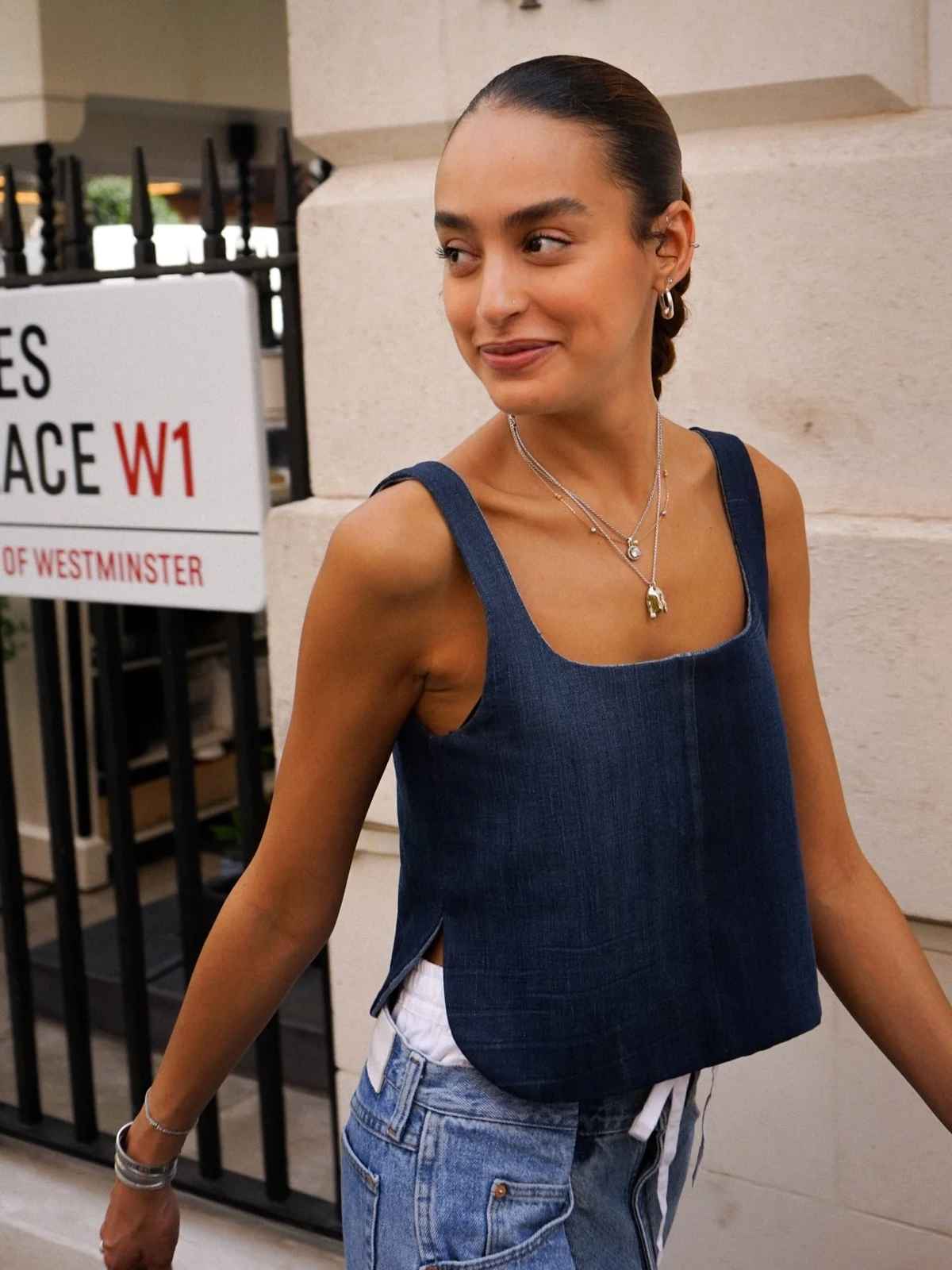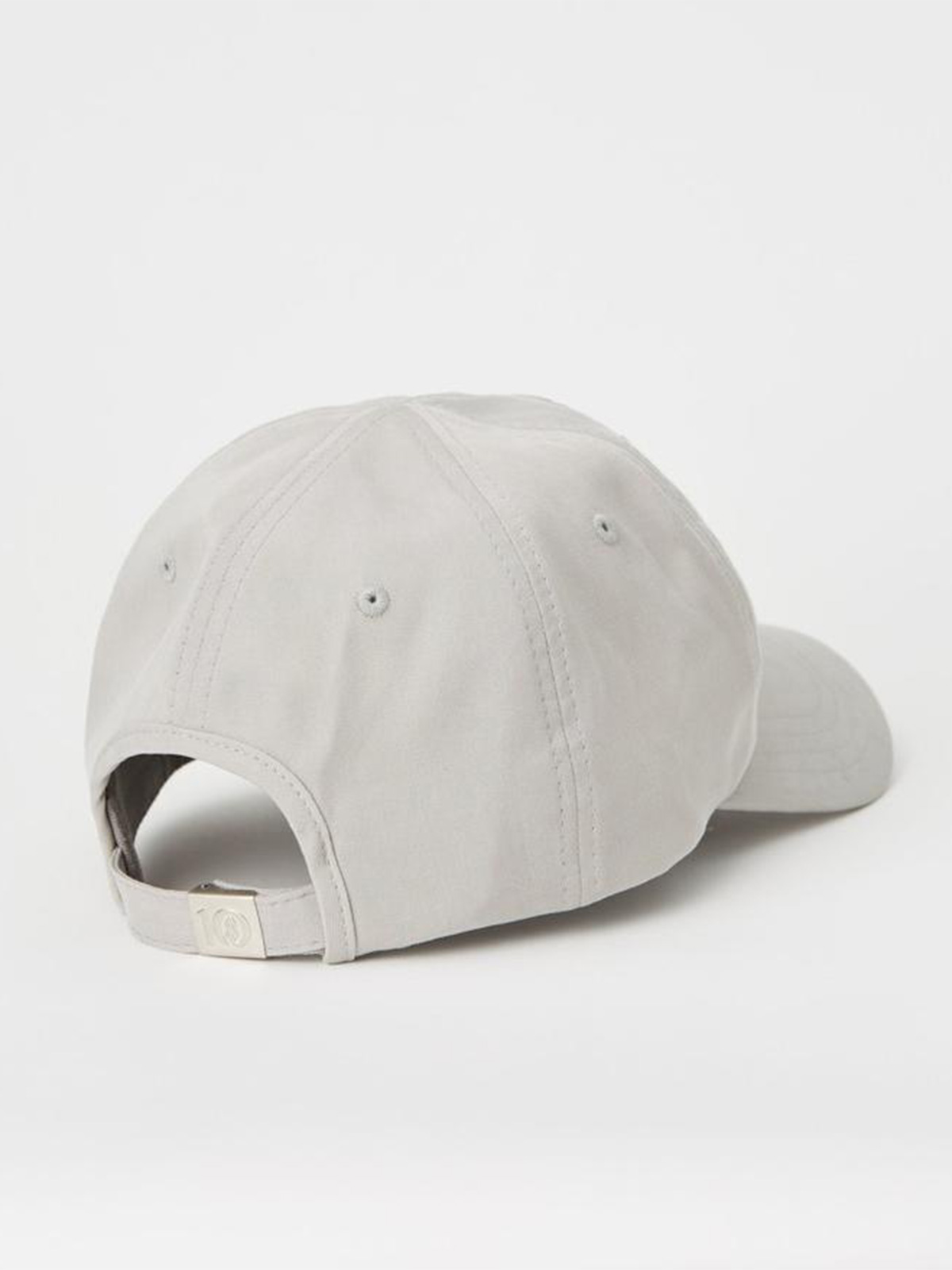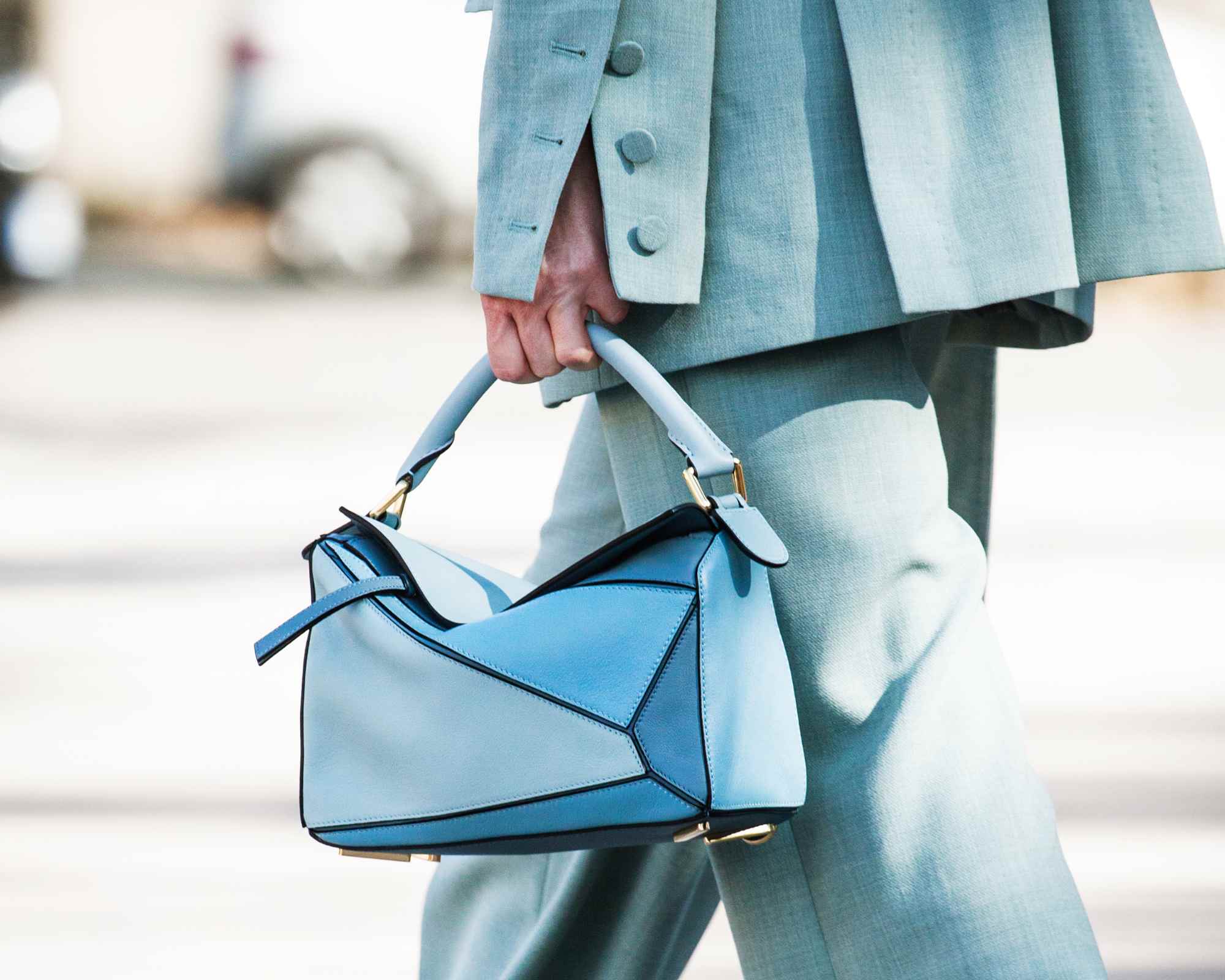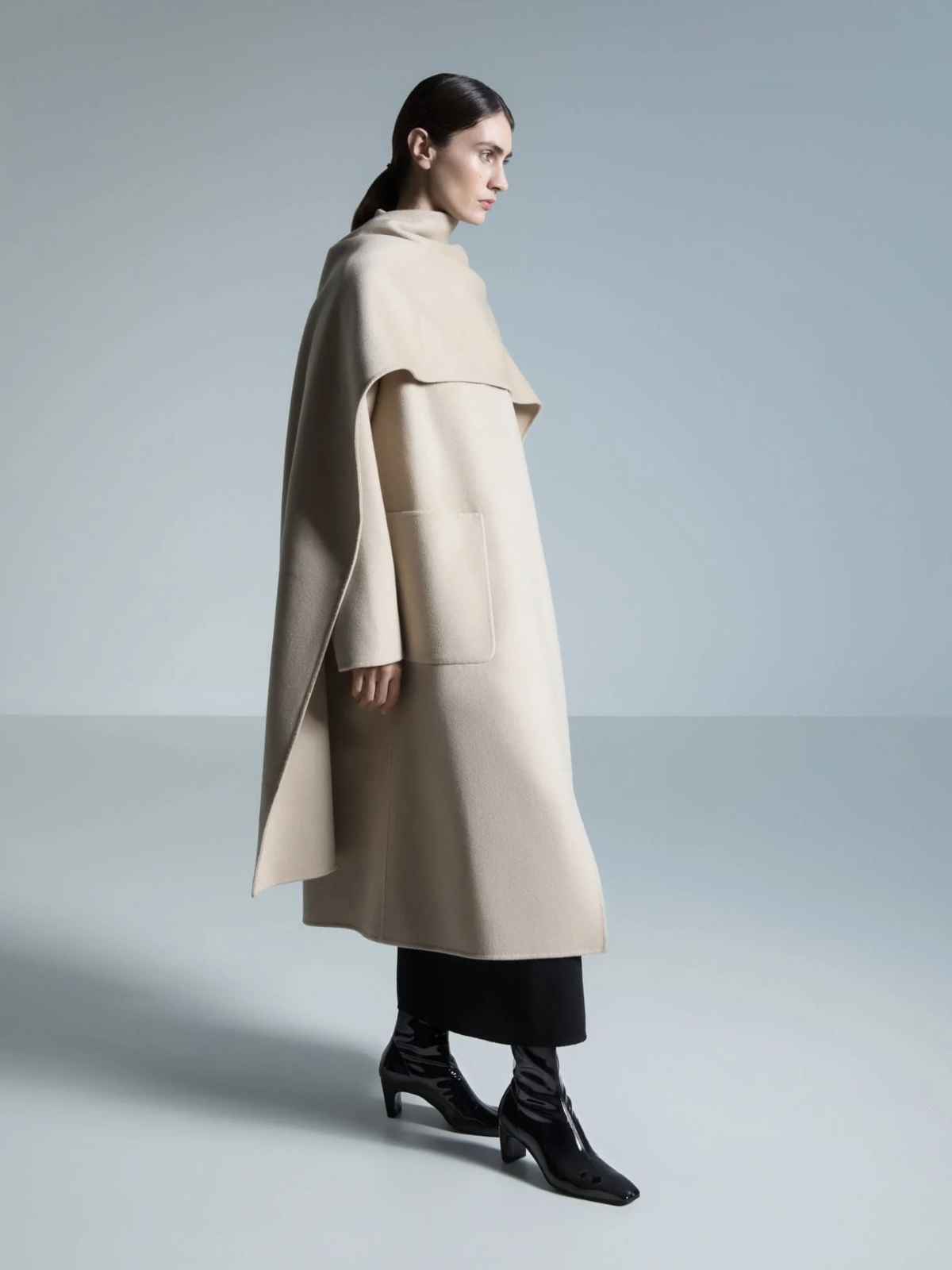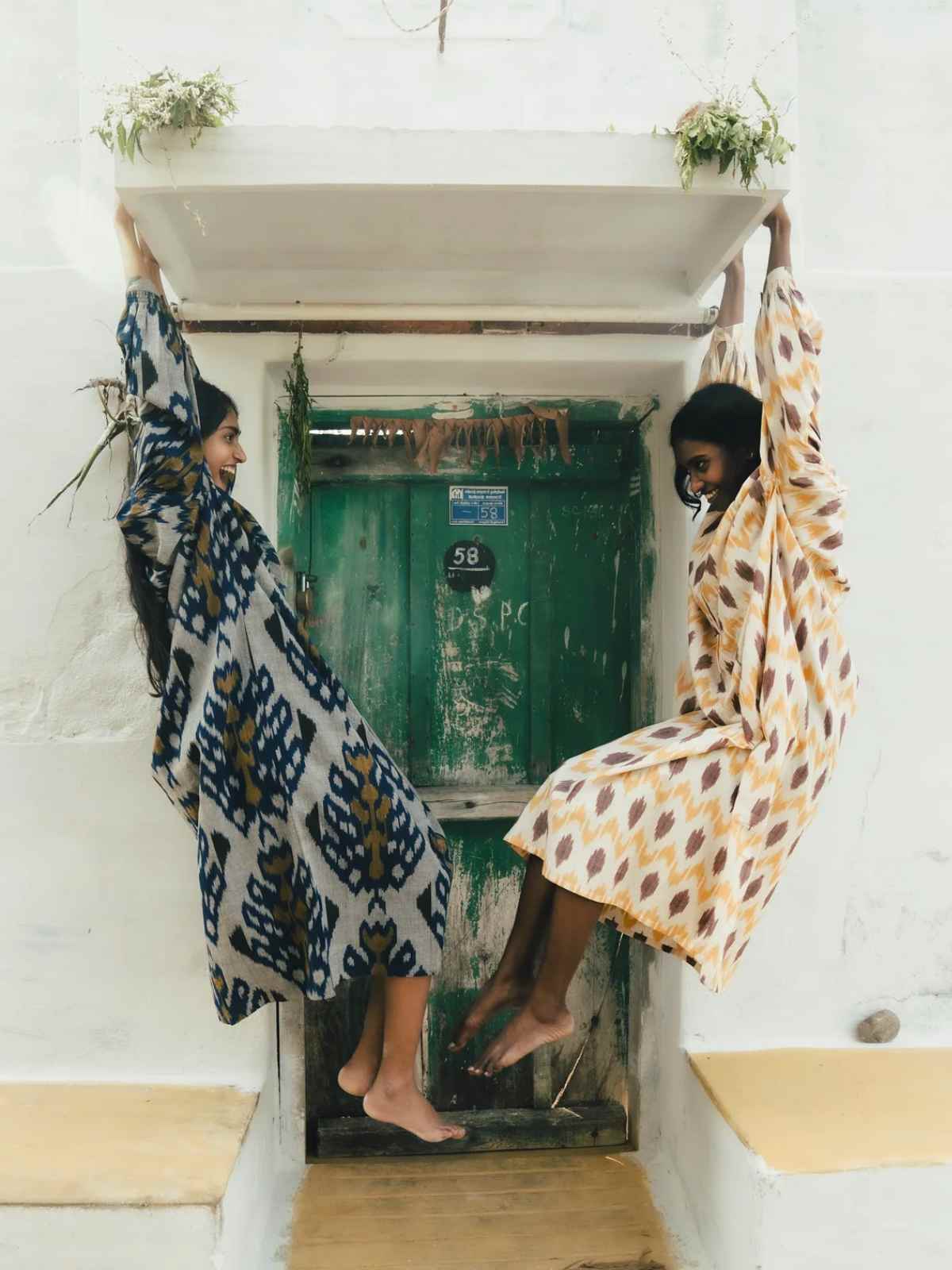It’s more expensive, but is it more sustainable? We look at the data to find out what luxury fashion’s impact really is, and key issues are.
In 2023, the luxury group LVMH became the first European company to surpass a value of US$500 billion, while similar businesses including Richemont have also reported upticks in sales. It’s a sure sign that the luxury fashion industry’s significant power and influence isn’t waning. Which raises the question: with as powerful as luxury brands are, how are they faring for sustainability?
Luxury brands certainly like to speak a big game about sustainability. At the Global Fashion Summit Copenhagen in 2023, Antoine Arnault, LVMH’s head of image and environment, said that luxury fashion is “sustainable by nature”, but our ratings tell a different story.
While the overproduction of cheap clothing isn’t an issue in luxury as it is with fast fashion giants like SHEIN and Temu, there are other factors that urgently need addressing across the industry—luxury included. And not least is the payment of living wages to workers throughout entire supply chains.
Read on to find out the most significant challenges facing the industry, and how the situation looks right now.
Is luxury fashion more sustainable than fast fashion?
Luxury fashion is often defined by exclusivity, high prices, and high quality. And while there are many sustainability issues within the luxury sector, much of the widely publicised destructive practices in the wider industry have been driven by the growth of fast fashion brands.
The explosion of overproduction, for instance, is a key problem within ultra fast fashion as popularised by the likes of SHEIN, Boohoo, and Temu, which reportedly add thousands of individual styles to their websites daily. Luxury fashion doesn’t manufacture products at the same excessive levels. There’s no doubt that luxury fashion has increased the number of collections that are put out through the year, and our fashion-as-entertainment era means luxury brands also play a role in creating the demand for fashion trends. But let’s face it—landfills in Chile and Ghana aren’t filled with Gucci loafers or handbags from The Row.
Another key consideration is how quality relates to longevity. Historically, luxury brands have given more attention, time, and artisanship to garment production, employing craft techniques and tailoring methods that undoubtedly mean an item of clothing will last longer than one that has been sewn together in a rush.
But “not as bad as fast fashion” is a low bar, and it’s not that simple when it comes to considering luxury fashion’s complex supply chains and historic lack of transparency. In fact, when we look at the ratings for leading luxury brands, we see many unsustainable trends, too. Some matters are bigger in luxury than in fast fashion, such as the use of exotic animal skin and fur, while others, like poor working conditions and a lack of transparency around water management, are just as prevalent at both ends of the industry.
So how does luxury fashion rate?
Our data shows that the majority of luxury brands are not doing or disclosing nearly enough to address the sustainability issues in the industry. An abysmal 75% of luxury brands received our two lowest ratings, “We Avoid” and “Not Good Enough”, including the world’s biggest luxury brand, Louis Vuitton. You’d expect better of the industry leader.
Only 10% are “Good” or “Great”. Notably, those with these two highest ratings are mostly small brands.
What are the biggest sustainability issues in luxury fashion?
So why do the majority of luxury brands rate so poorly? Let’s explore some of the most enduring sustainability issues within luxury fashion.
The use of animal skin and fur
Thankfully, in the last two decades, most of the biggest luxury brands and retailers have banned and even spoken out against the use of fur—historically an ultimate signifier of luxury. But the likes of Fendi, which was founded as a furrier, Louis Vuitton, and Max Mara continue to use it in their collections.
Exotic animal skin is more commonly used than fur and while there has been progress in eliminating the material, we’re still seeing far too many brands prominently incorporating it in their designs. Hermès, for example, attempts to justify its continued use of alligator, crocodile and ostrich by announcing what it positioned as “the first specific standards for supply chains for these precious skins.” “At the end of 2023, 100% of Hermès’ supply of crocodile hides came from certified sites,” the brand stated—which does nothing to address the fact that crocodiles are farmed and killed solely for the perceived luxury of their skins.
Human rights
The majority of luxury brands received our two lowest ratings for labour when we analysed the publicly available data. This underscores how there’s still a long way to go in this area.
Luxury brands like to be seen as advocates for responsible garment manufacturing, but this often involves sentimentalising techniques that are traditionally considered artisanal or highly skilled (and therefore more highly paid), such as embroidery, tailoring, and dyeing methods, while disregarding more general manufacturing skills such as machine sewing.
And in 2023, the Fashion Transparency Index published data showing that 99% of 250 of the world’s largest brands that it analysed don’t disclose the percentage of workers in their supply chain earning a living wage.
True sustainability for people in the fashion industry means upholding respect for all garment workers—and that just isn’t happening yet. A 2018 investigation by the New York Times uncovered a “shadow economy” in Italy’s fashion industry, in which “thousands of low-paid home workers create luxury garments without contracts or insurance,” with workers receiving as little as €1 for each metre they sew. And reporting since then has found many similar examples of labour exploitation in luxury supply chains. In 2024 Giorgio Armani is under investigation for labour violations and having “used subcontractors in the Milan area that employed undocumented migrants for the production of Armani bags, leather goods, and other accessories,” according the The Fashion Law.
There’s also a link to cultural sustainability here, and the appropriation of traditional techniques from cultures around the world in the name of luxury craftsmanship, without giving the necessary credit, payment or engaging in a dialogue with the communities at the heart of the crafts involved. Isabel Marant is one of many luxury brands called out by the Mexican government for appropriating Indigenous artisanship in recent years. (It’s worth noting this issue is common in fast fashion, too.)
99% of the world's largest brands don't disclose what percentage of workers get paid living wages.
Carbon footprints
Greenhouse gas emissions and large carbon footprints aren’t unique to luxury. The UN Environment Program has determined that as much as 10% of the global carbon output comes from the fashion industry broadly, though estimates vary—and knowing what percentage luxury fashion accounts for, in particular, is challenging.
The luxury sector has a responsibility to take meaningful action to mitigate its impact and demonstrate best practice to the rest of the industry.
And then there is carbon offsetting. Data from our recent report revealed that for brands, purchasing carbon offsets has become a distraction from actually taking meaningful action to reduce greenhouse gas emissions. What’s more, the true effectiveness of carbon offset programs has been called into question by experts and investigators in recent years. And although our report covered the whole industry, we noted that luxury brands including Gucci, Saint Laurent, and Balenciaga, have all purchased offsets as a means to reach net zero. It’s worth noting that in 2024, brands are increasingly backing away from these net zero claims, partly due to regulatory action and proposed legislation. But the bottom line? We need to see brands taking real actions throughout their supply chain to reduce emissions, rather than buying their way out of them.
Transparency seems secondary to exclusivity
Luxury brands can be reluctant to be transparent about their supply chains because these manufacturers, fabrics, and artisans are what make the products exclusive or “special”. Although sometimes, a lack of transparency is because luxury products are made in the same factories that fast fashion brands use.
Exclusivity is also the reason why some luxury brands have opted to burn excess fabrics, clothes, and accessories—they’d rather uphold rarity than reduce waste. Reports of this unsustainable practice have caused outrage amongst consumers, and some of those responsible, like Burberry, have since committed to ending the incineration of unsold products, while France has recently banned it.
There are some signs that things are nudging in the right direction. In 2023’s Fashion Transparency Index, Fashion Revolution found that more luxury brands are sharing details of their factories, and notably, Gucci received a score of 80% for its transparency—the highest of any luxury brand analysed in the research. “Transparency has evolved to the point that it has become part of the identity of what it means to be luxury,” Liv Simpliciano, Fashion Revolution’s policy and research manager, told us. “When we started our work, we were told that luxury brands publishing their supplier lists was a distant dream but now, many do.”
Despite that, transparency in the industry is only improving at a snail’s pace, and we need to see luxury brands taking the lead and fully disclosing details of their supply chains instead of waiting for legislation to push them into doing the right thing.
Exclusivity is why some luxury brands burn excess fabrics, clothes, and accessories
Is the quiet luxury trend more sustainable?
Sometimes, brands masquerade as doing the right thing through aesthetics, price tags and perceived artisanship, and a case in point is the quiet luxury trend.
In theory, quiet luxury could be a sustainable approach to fashion. The concept of forgoing conspicuous branding and opting for high quality, usually minimalistic clothes that are carefully selected and designed to last sounds like a good idea. But, in many ways, it’s become merely another fleeting trend driven by influencers and distilled by fast fashion giants. While investing in a capsule wardrobe and committing to owning fewer timeless pieces are all good moves we can take as consumers, the most popular quiet luxury items tend to rely heavily on fabrics such as cashmere, leather, and wool—these can all have a significant impact on people, the planet, and animals.
What’s more, Good On You’s data shows that the brands championing quiet luxury are all rated poorly—Loro Piana, Brunello Cucinelli and Jil Sander are “Not Good Enough” for their sustainability efforts, while Max Mara and The Row both received “We Avoid” ratings. Slowing down your fashion consumption? That’s a good thing. But making the “slow fashion” aesthetic into merely another trend to chase? That’s the luxury status quo.
What are more sustainable luxury brands?
As long as those involved in luxury supply chains aren’t paid living wages, materials are not sourced responsibly, and parts of the industry remain shrouded in secrecy, the sector just can’t be considered sustainable.
But there are some brands leading the way, including Maggie Marilyn, Stella McCartney, Edeline Lee, and Mother of Pearl, which are all rated “Good” by our world-leading analysts. Our list of the top-rated more sustainable luxury brands has the full breakdown of “Good” and “Great” companies to know about.
Of the large luxury groups in the fashion industry, Kering arguably has the loudest voice on sustainability. Almost all of its owned brands (except Brioni) are rated “It’s a Start” in our directory, including Gucci and Saint Laurent, and while there’s lots of room for improvement amongst them, this is undoubtedly a step in the right direction. (So too, is Kering’s support for the London College of Fashion’s sustainable fashion e-learning course with the platform FutureLearn, which launched in 2018.)
Some might be sceptical, but we need luxury businesses with the most power to lead by example in order to transform the industry for the better.
